7 Tips to Know Before Buying Outdoor Gates & Fences
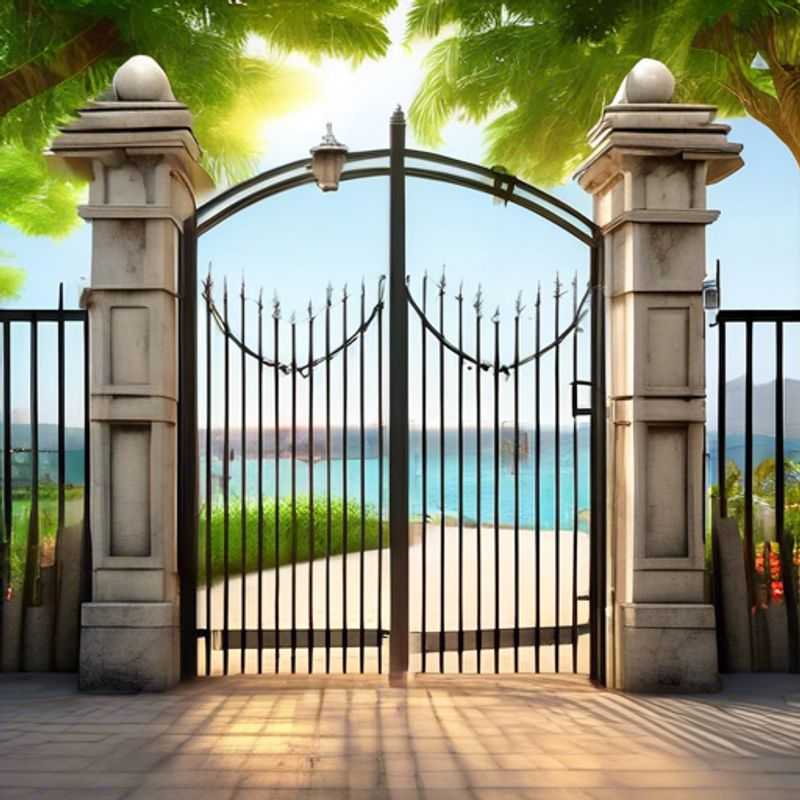
7 Tips for Choosing the Perfect Outdoor Gate and Fence: A Guide for the Discerning Homeowner
Ah, outdoor gates and fences. A symphony of security, style, and functionality.

Measure Twice, Build Once: Ensuring Your Gate or Fence Fits Perfectly
Measuring the space accurately is paramount to ensuring your new gate or fence fits flawlessly. It’s a critical step that prevents costly rework and frustration down the line. Here’s what you need to know:
First, determine the type of gate or fence you’re installing. Is it a swing gate or a sliding gate? A picket fence or a solid fence? Different types have varying requirements for width and height.
Next, measure the area thoroughly. Use a tape measure to determine the exact width and height of the opening. Remember to account for any existing posts, walls, or landscaping that could affect the placement.
Don’t forget to consider the opening and closing clearance. A swing gate needs adequate clearance to swing open fully, while a sliding gate requires room to slide smoothly.
If you're unsure, consult a professional. A fence or gate installer can help you assess the space and determine the best fit for your needs.
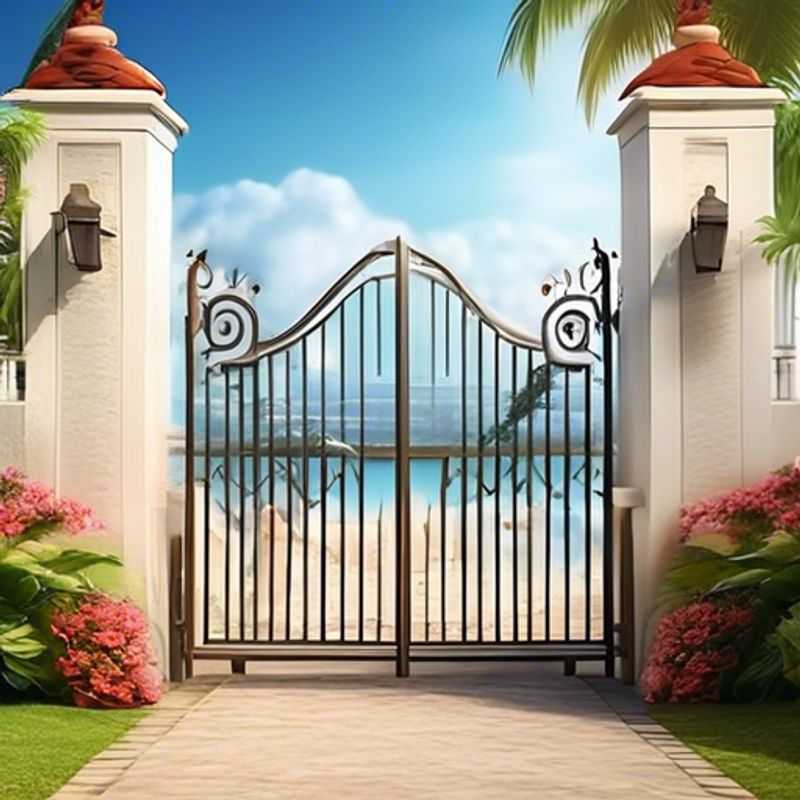
Choosing the Right Materials and Finishes for Your Outdoor Space: A Guide to Durability and Style
Choosing the right materials and finishes for your outdoor space is crucial for both aesthetic appeal and durability. Consider the climate, your lifestyle, and maintenance preferences when making your decisions.
For decks and patios, wood is a popular choice, offering natural beauty and warmth. Hardwoods like cedar and ipe are known for their durability and resistance to rot and insects, but they can be more expensive. Pressure-treated pine is a budget-friendly alternative, but it may require more frequent maintenance. Composite decking offers low-maintenance and durability but can feel less natural.
Stone and concrete are durable options for patios, walkways, and retaining walls. Natural stone, like flagstone and pavers, adds a rustic charm, while concrete offers versatility in terms of color and design.
Outdoor furniture should be chosen for both style and practicality. Metal furniture is often sturdy and low-maintenance but can get hot in direct sunlight. Wood furniture is aesthetically pleasing and comfortable, but it requires regular treatment and protection. Wicker and rattan furniture offers a natural look but may require more maintenance.
Lighting adds ambiance and safety to your outdoor space. Solar-powered lights are an eco-friendly and budget-friendly option, while electric lights offer more control and flexibility. Consider LED lights for energy efficiency and longevity.
Landscaping complements your outdoor space and can improve its functionality. Choose plants that thrive in your climate and consider hardscaping features like pathways, retaining walls, and water features.
Remember, professional design and installation can enhance your outdoor space's longevity and appeal. Consult with experts to discuss your needs and budget, and to ensure a successful project.
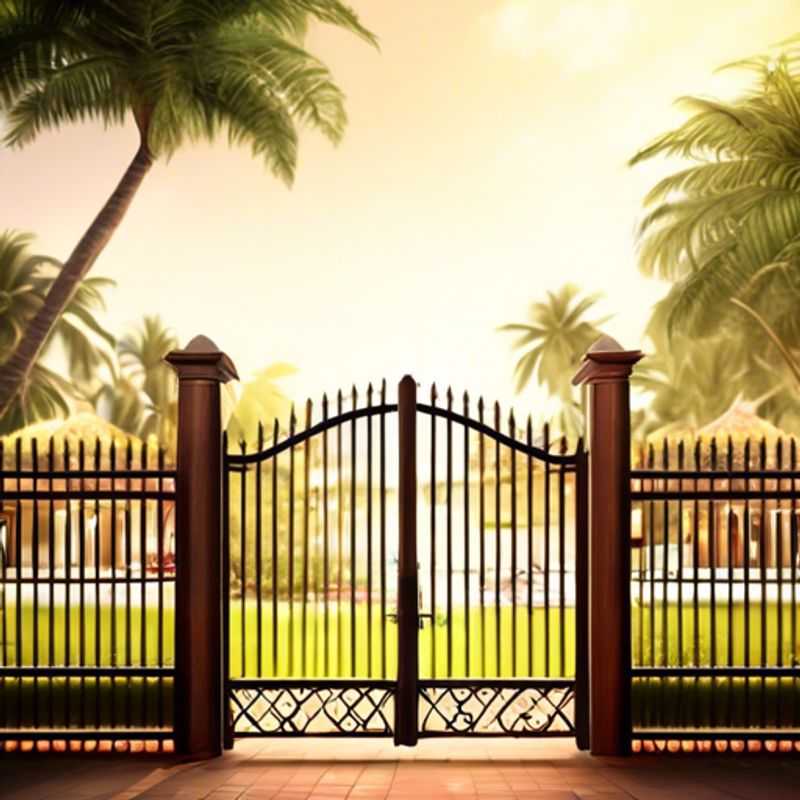
Navigating the Maze: Understanding Installation Requirements and Permits
Before you begin any installation project, it is crucial to understand the necessary requirements and obtain any permits required by your local authorities. This may involve several steps, each with associated costs that should be factored into your budget.
First, check with your local building department to determine the specific requirements for your project. This may include zoning regulations, building codes, and safety standards that must be met. You may need to submit plans for review and approval before you can begin construction. The review process can take several weeks or even months, so it's best to start this process as early as possible.
Second, identify any necessary permits required for your specific project. This may include permits for electrical work, plumbing, gas lines, or structural changes. You will likely need to pay a fee to apply for each permit. Make sure to clearly understand the terms and conditions of each permit and the timeframe for completion of the work before you begin.
Third, ensure compliance with local environmental regulations. You may need to obtain permits or approvals for activities that could impact the environment, such as excavation, the disposal of construction waste, or the use of hazardous materials. These permits often require specialized inspections and may be subject to specific requirements and fees.
Finally, consider the cost of hiring professionals who can assist you with navigating the permit process, such as architects, engineers, or contractors. These professionals can help you ensure that your project meets all the necessary requirements and can handle the paperwork and communication with the local authorities on your behalf.
In summary, understanding the installation requirements and obtaining necessary permits is essential for any project. This will help you avoid costly delays, fines, and potential legal issues. By taking the time to research and plan, you can ensure a smooth and successful construction process.
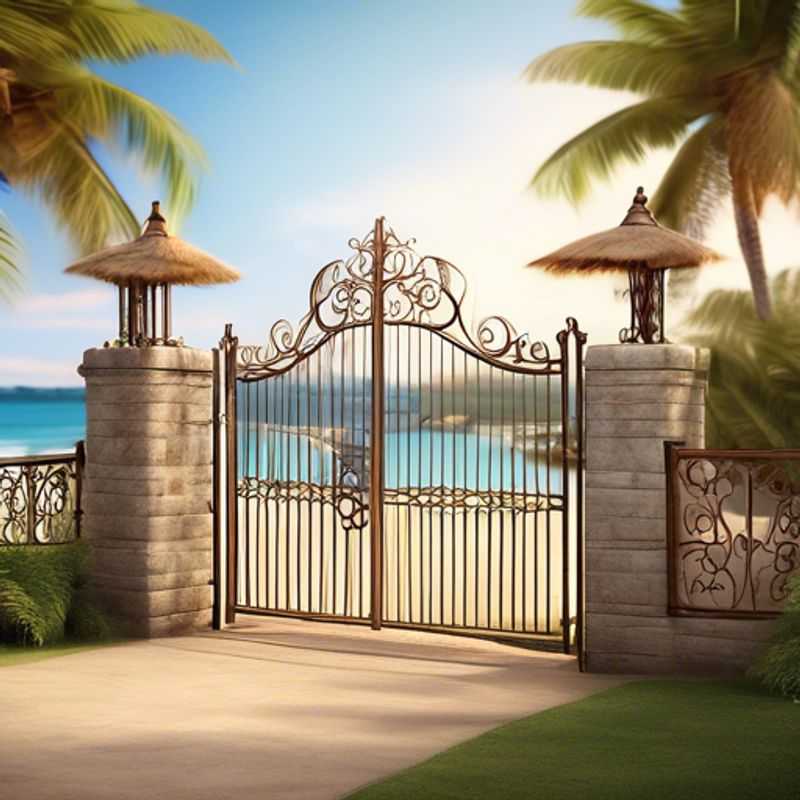
Choosing the Right Gate or Fence: Don't Forget About Weight and Size
When planning for the installation of a gate or fence, weight and size are critical factors to consider for ease of use. A heavier gate may require more robust hardware and stronger posts, while larger sizes can affect accessibility and functionality. For residential applications, a typical gate weight can range from 50 to 300 pounds, depending on materials such as wood, vinyl, or metal. Ensure that the gate's weight is manageable for ease of operation, especially if it will be used frequently.
In terms of size, standard gates usually range from 3 to 6 feet in width and 4 to 8 feet in height. Consider the space available for swinging or sliding mechanisms; for instance, a swinging gate requires ample clearance. If the gate is too large for the designated area, it can lead to operational difficulties.
Additionally, budget considerations include potential costs for hardware, installation, and maintenance. High-quality hinges, locks, and latches can add to the overall expense but are essential for functionality and security. Installation costs can vary significantly based on labor rates and the complexity of the setup. Always factor in these elements when planning your project to avoid unexpected expenses.
In conclusion, properly assessing the weight and size of your gate or fence can greatly enhance its ease of use and longevity. For more detailed guidance, consider researching further or consulting with a professional.
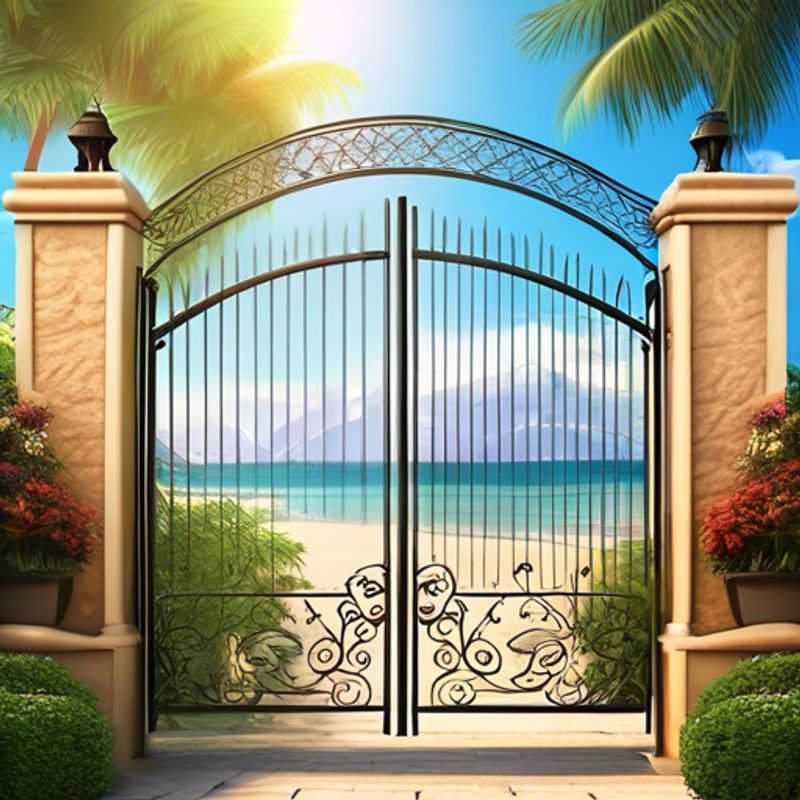
Evaluating Security Features and Locking Mechanisms: A Deep Dive
Evaluating the security features and locking mechanisms available is crucial for safeguarding your assets and protecting yourself from unauthorized access. There are several factors to consider when conducting such an evaluation:
**Types of Locks:** Understanding the different types of locks available is a crucial starting point. This includes deadbolt locks, lever handles, padlocks, and keycard locks. Each type has its unique strengths and weaknesses in terms of security.
**Lock Strength and Durability:** It's essential to evaluate the quality of the lock itself. Factors to consider include the material used, the number of pins in the cylinder, and the overall construction of the lock. A high-quality, well-constructed lock will provide greater resistance to forced entry.
**Key Features and Security:** Examine the key features of the lock, such as the type of key used (standard, dimple, or high-security), the presence of anti-picking features, and the ease of key duplication.
**Installation and Maintenance:** Proper installation and regular maintenance are crucial for ensuring the effectiveness of any lock. Incorrect installation can compromise the security of the lock, while regular maintenance helps prevent wear and tear.
**Cost and Value:** When evaluating locking mechanisms, it's essential to balance security with cost. Higher-end security features and locks might come at a higher price, but they can provide significantly enhanced protection.
Smart Locks and Technology:** Modern smart locks incorporate features like keyless entry, remote access control, and integration with home automation systems. These technologies can provide added convenience and security, but it's important to consider the potential for vulnerabilities and the risks associated with connected devices.
Remember, evaluating security features and locking mechanisms is an ongoing process. Regularly review and update your security measures based on the latest threats and technologies available.
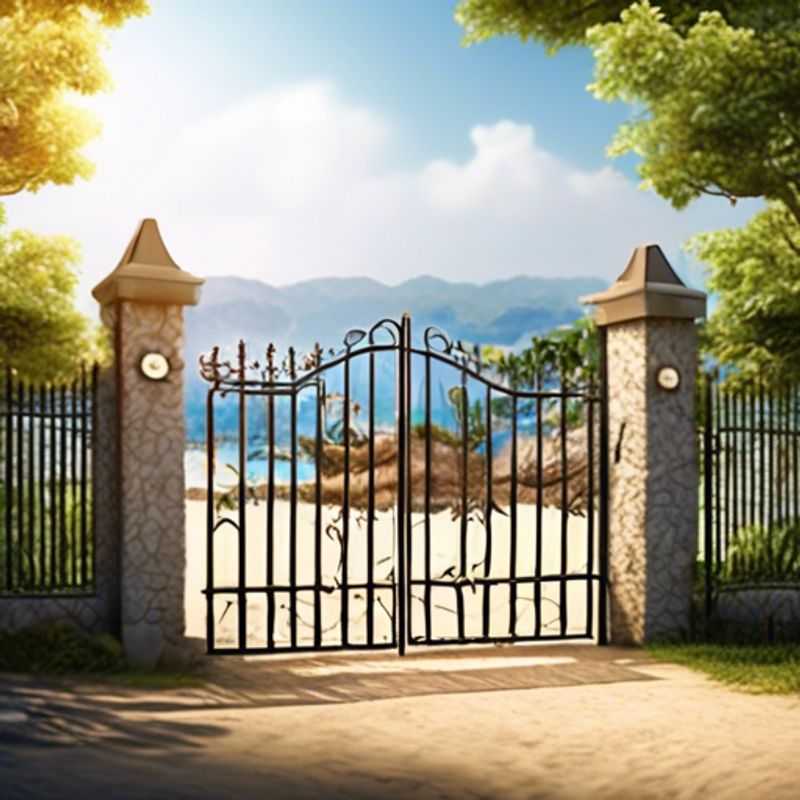
Beyond the Purchase: Researching Warranty and Maintenance for Long-Term Durability
Understanding the warranty and maintenance needs of any product is crucial for its long-term durability. This is especially important for high-value items like cars, appliances, or even complex electronic devices. A thorough understanding of these aspects can help you make informed decisions about your purchase and prevent costly surprises down the line.
Warranty is a manufacturer's guarantee that covers the repair or replacement of a product if it fails due to defects in materials or workmanship within a specified period. This period can vary depending on the product and the manufacturer. For example, a car manufacturer might offer a 3-year warranty on the entire vehicle, while a specific part like the engine may have a separate 5-year warranty.
Maintenance refers to the regular upkeep and care that a product needs to ensure its optimal performance and longevity. This can involve routine tasks such as changing oil in a car, cleaning filters in an air conditioner, or performing software updates on a computer. While some maintenance tasks can be performed by the owner, others might require professional expertise and may come with an associated cost.
When researching a product's warranty and maintenance needs, you should consider the following:
What is covered by the warranty? Ensure you understand the scope of the warranty. Does it cover labor costs for repairs? Are there any specific exclusions or limitations? Are there any conditions that could void the warranty?
What are the maintenance requirements? Find out what regular maintenance tasks are recommended for the product. How often do these tasks need to be performed? What are the associated costs? Can these tasks be performed by the owner or do they require professional assistance?
How long is the warranty period? Consider the length of the warranty and its relevance to the product's expected lifespan. A longer warranty period might indicate a manufacturer's confidence in the product's durability.
What are the costs associated with maintenance? Make sure you factor in the cost of maintenance when making a purchase decision. This can include costs of parts, labor, and any specialized tools or equipment.
By understanding the warranty and maintenance needs of a product, you can make a more informed decision about its long-term value. This can help you save money and prevent costly repairs in the future.
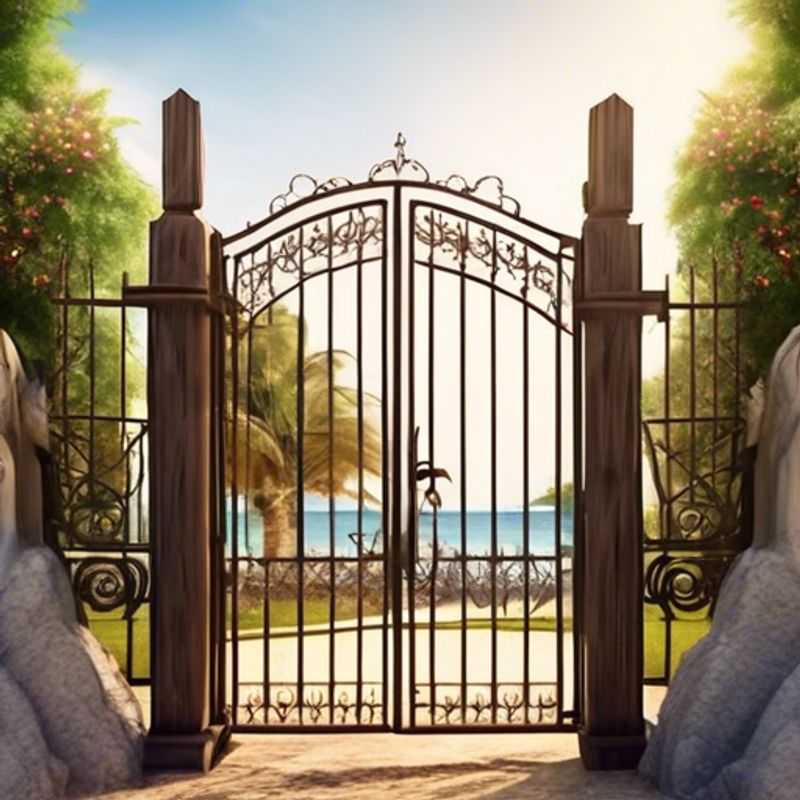
Outdoor Design: When Aesthetics Meet Functionality
Prioritizing aesthetic appeal in outdoor design goes beyond just making it look nice – it's about creating an inviting and functional space that complements your home and lifestyle. It's an investment that can significantly increase your property's value. Here's how to achieve that:
Landscaping: The foundation of your outdoor aesthetic. Consider using a variety of plants, textures, and colors to create visual interest. Incorporate pathways, water features, and lighting to add depth and dimension.
Outdoor Furniture: Choose furniture that's both comfortable and stylish. Look for durable materials that can withstand the elements, and don't forget to accessorize with cushions, throws, and rugs for a touch of personality.
Lighting: Outdoor lighting adds ambiance and security. Use a combination of ambient and task lighting to create different moods and highlight focal points. Consider string lights for a festive touch or solar-powered options for an eco-friendly approach.
Color Palette: Choose a color scheme that complements your home's exterior. Think about using warm, inviting colors for a welcoming atmosphere, or cool, calming colors for a more tranquil setting.
Maintenance: Keep your outdoor space looking its best by maintaining your landscaping, cleaning your furniture, and replacing any damaged items. Regular upkeep will ensure your design stays fresh and inviting.
Remember, the best outdoor designs are both functional and aesthetically pleasing. Don't hesitate to seek professional help for landscaping and hardscaping if you're unsure about specific elements. An investment in your outdoor space can be a source of enjoyment for years to come.
